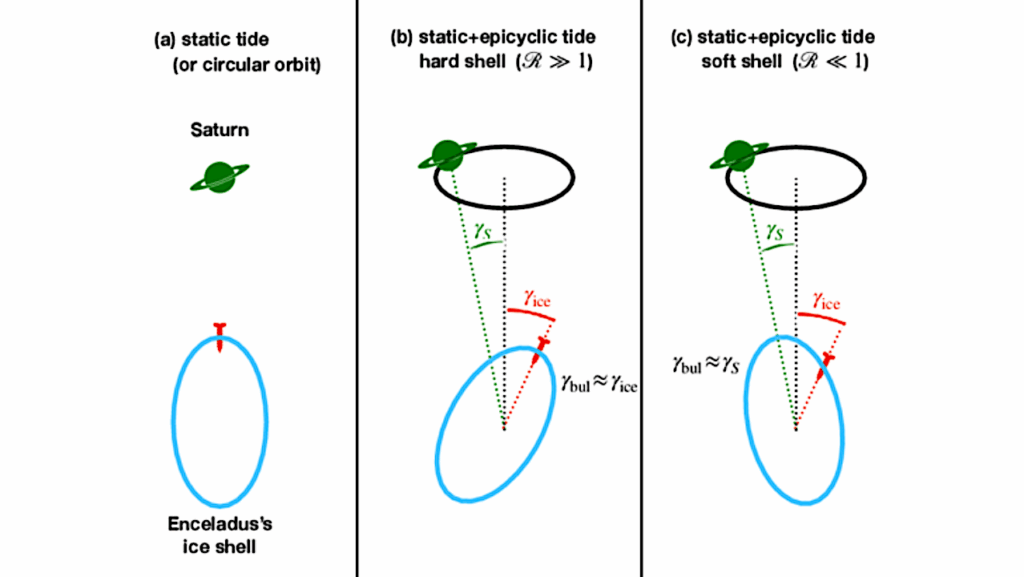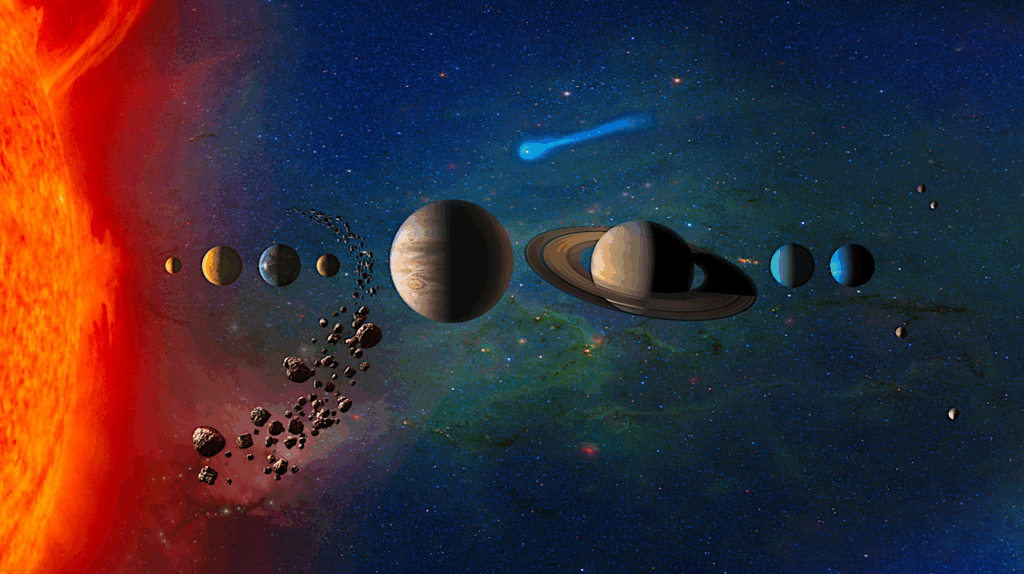Positive Ion Chemistry in an N2-CH4 Plasma Discharge: Key Precursors to the Growth of Titan Tholins

Titan is unique in the solar system as it hosts a dense atmosphere mainly made of N2 and CH4. Cassini-Huygens revealed the presence of an intense atmospheric photochemistry initiated by the photo-dissociation and ionization of N2 and CH4.
In the upper atmosphere, Cassini detected signatures compatible with the presence of heavily charged molecules, precursors for the solid core of the aerosols. However, the processes coupling ion chemistry and aerosol formation and growth are still mostly unknown. In this study, we investigated the cation chemistry responsible for an efficient organic growth that we observe in Titan’s upper atmosphere, simulated using the PAMPRE plasma reactor. Cation precursors were measured by in situ ion mass spectrometry in a cold plasma and compared with INMS observations taken during the T40 flyby.
A series of positive ion measurements were performed in three CH4 mixing ratios (1%, 5% and 10%) showing a variability in ion population. Low CH4 concentrations result in an abundance of amine cations such as NH+4 whereas aliphatic compounds dominate at higher methane concentrations. In conditions of favored tholin production, the presence of C2 compounds such as HCNH+ and C2H+5 is found to be consistent with copolymeric growth structures seen in tholin material.
The observed abundance of these two ions particularly in conditions with lower CH4 amounts is consistent with modeling work simulating aerosol growth in Titan’s ionosphere, which includes mass exchange primarily between HCNH+ and C2H+5 and negatively charged particles. These results also confirm the prevalent role of C2 cations as precursors to molecular growth and subsequent mass transfer to the charged aerosol particles as the CH4 abundance decreases towards lower altitudes.
David Dubois, Nathalie Carrasco, Lora Jovanovic, Ludovic Vettier, Thomas Gautier, Joseph Westlake
(Submitted on 3 Oct 2019)
Comments: 39 pages, 20 figures, 3 tables, Accepted for publication in Icarus (abstract shortened)
Subjects: Earth and Planetary Astrophysics (astro-ph.EP)
Cite as: arXiv:1910.01261 [astro-ph.EP] (or arXiv:1910.01261v1 [astro-ph.EP] for this version)
Submission history
From: David Dubois
[v1] Thu, 3 Oct 2019 00:21:10 UTC (7,102 KB)
https://arxiv.org/abs/1910.01261
Astrochemistry, Astrobiology








